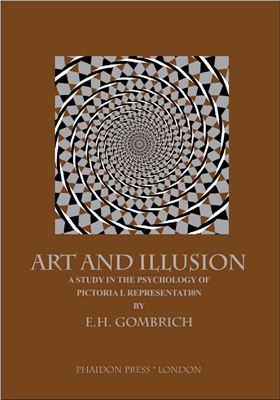Phaidon Press, 2000. - 356 pages.
Considered a great classic by all who seek for a meeting ground between science and the humanities, Art and Illusion examines the history and psychology of pictorial representation in light of present-day theories of visual perception information and leaing. Searching for a rational explanation of the changing styles of art, Gombrich reexamines many ideas on the imitation of nature and the function of tradition. In testing his arguments he ranges over the history of art, noticing particularly the accomplishments of the ancient Greeks, and the visual discoveries of such masters as Leonardo da Vinci and Rembrandt, as well as the impressionists and the cubists. Gombrich's triumph in Art and Illusion arises from the fact that his main conce is less with the artists than with ourselves, the beholders.
Considered a great classic by all who seek for a meeting ground between science and the humanities, Art and Illusion examines the history and psychology of pictorial representation in light of present-day theories of visual perception information and leaing. Searching for a rational explanation of the changing styles of art, Gombrich reexamines many ideas on the imitation of nature and the function of tradition. In testing his arguments he ranges over the history of art, noticing particularly the accomplishments of the ancient Greeks, and the visual discoveries of such masters as Leonardo da Vinci and Rembrandt, as well as the impressionists and the cubists. Gombrich's triumph in Art and Illusion arises from the fact that his main conce is less with the artists than with ourselves, the beholders.

